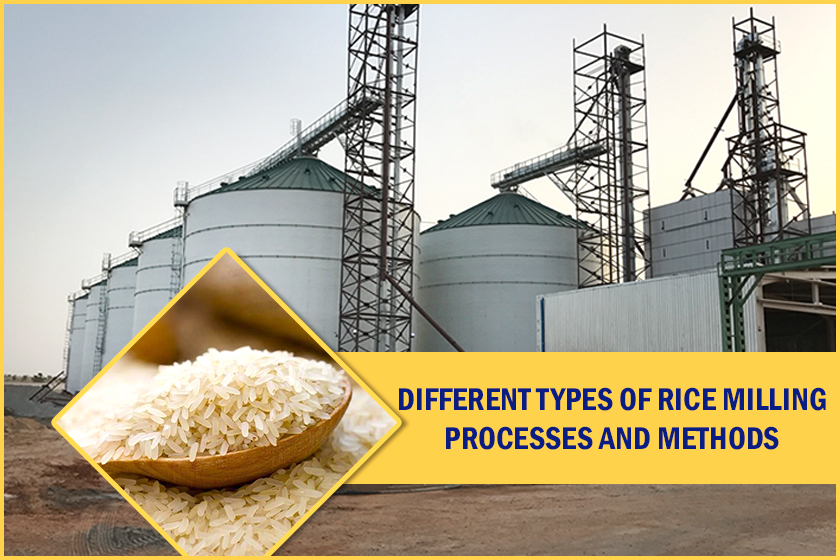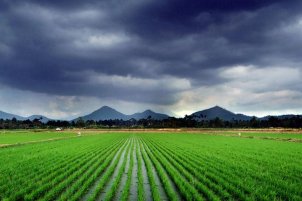The process of removing the husk and bran layers, and producing white rice kernel that is free of impurities is referred to as rice milling. Usually, the three methods of purifying the rice are a one-step process where husk and bran removal are done together, a two-step process where husk and bran are removed separately, and a multistage process in which rice undergoes a series of different rice milling processes & methods.
The two categories in which the rice milling is divided are Village Rice Mills and Commercial Mills. Rice mills which are used for milling paddy of farmers for home consumption are called as village rice mills whereas when the rice is sufficiently milled and all the husks and stones are removed to appeal to the customers, it is known as commercial rice milling. Another objective of commercial mills is to minimize grain breakage.
Multistage Rice milling Process
The paddy is boiled partially, in order to increase its nutritional value, and this process is called parboiling. It reduces breakage and even changes the texture of cooked rice.
Pre-cleaning method: In order to attain high milling recoveries, pre-cleaning of the rice is necessary. If not done properly, the fines in the rice can create dust and can reduce the airflow through the rice grain. De-stoning is done to remove undesired stones present in the rice using a gravity separator or a de-stoner. The process includes passing the rough rice through a series of sieves and a closed-circuit aspiration system.
De-Husking: The process of removing the husk from rice grains is referred to as de-husking. The process includes directing paddy into a pair of rubber rolls, rotating in opposite directions and at different speeds. A shear force is generated on the surface of the hull because of horizontal inward pressure that is applied on rubber rolls. Removing the husk from the brown rice or unhusked paddy is known as husk aspiration.
Paddy Separation: The surface of a rice grain is smooth, whereas the surface of paddy is rough. Paddy Separator uses this difference in texture to spate brown rice from paddy.
Whitening & Polishing: A humidified rice polisher is used to polish the surface of the rice. The factors which determine the extent of whiteness are the radial velocity of the stone wheels, the grid size of the stones, and the external pressure on the outlet chamber of the whitening machine.
Weighing and bagging machines are then used to pack and weigh the rice accurately to be sold in the market.
Conclusion
With so many different rice milling processes & methods, it can be confusing if you don’t have prior knowledge of it. It’s always better to look for Rice Mill Consultants for advice so as to get better results even in the initial stage of the mill. Having more than 10 years of experience, Nextech Grain Processing & Engineering Solutions Pvt. Ltd. can provide a solution to all your queries related to the food grain industry.
 MAIL US :
MAIL US :
 CALL US :
>
CALL US :
>


